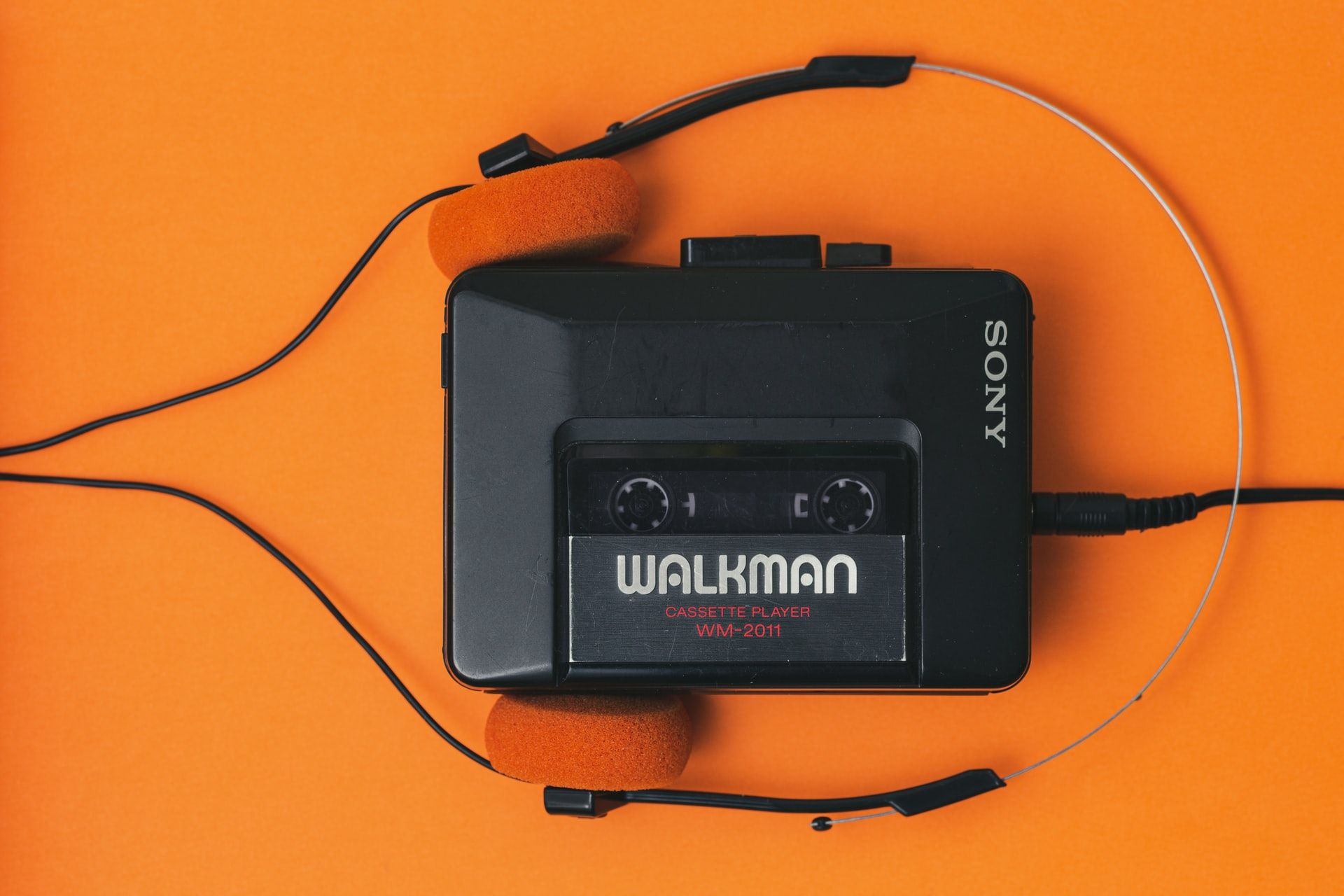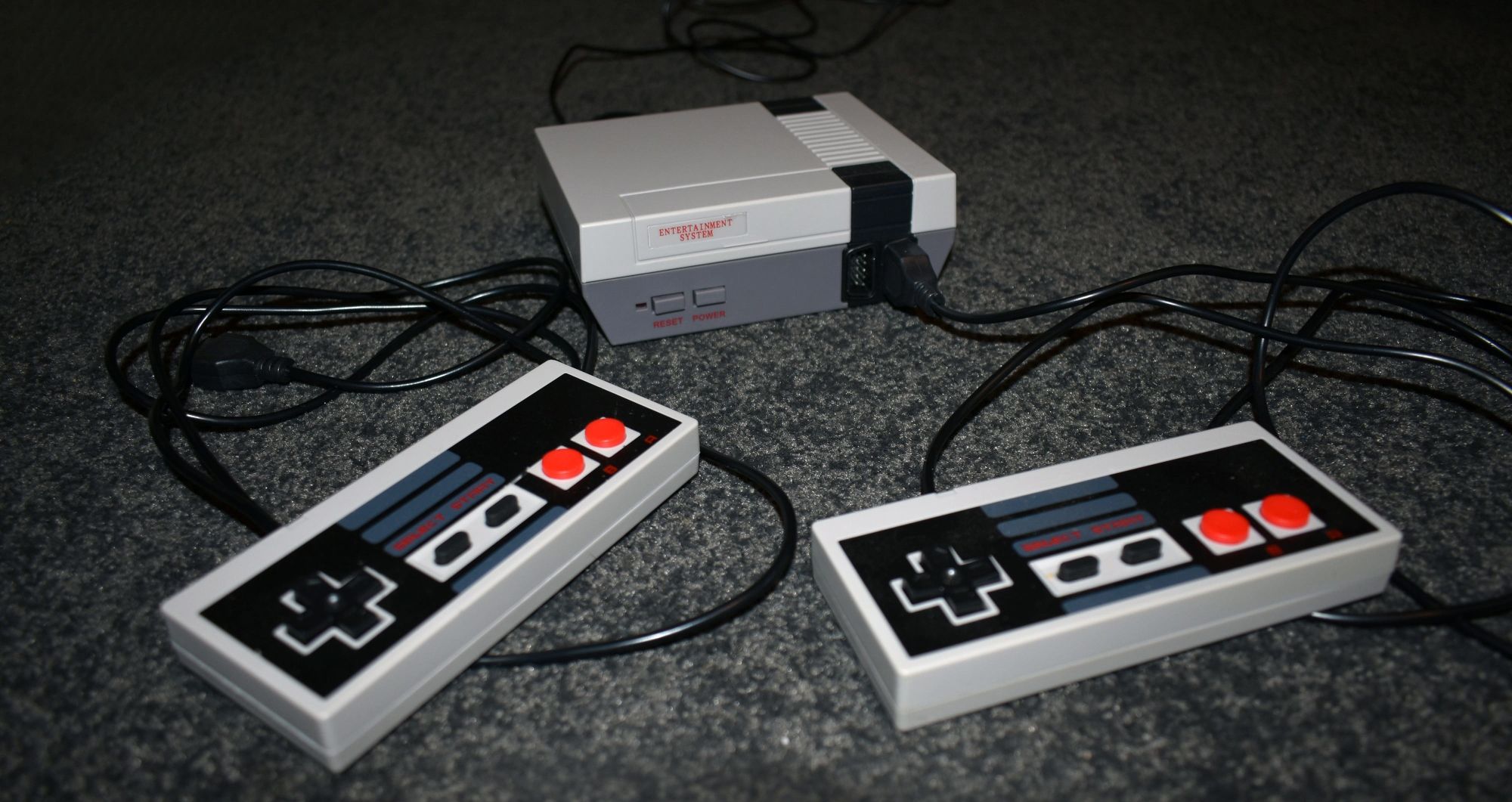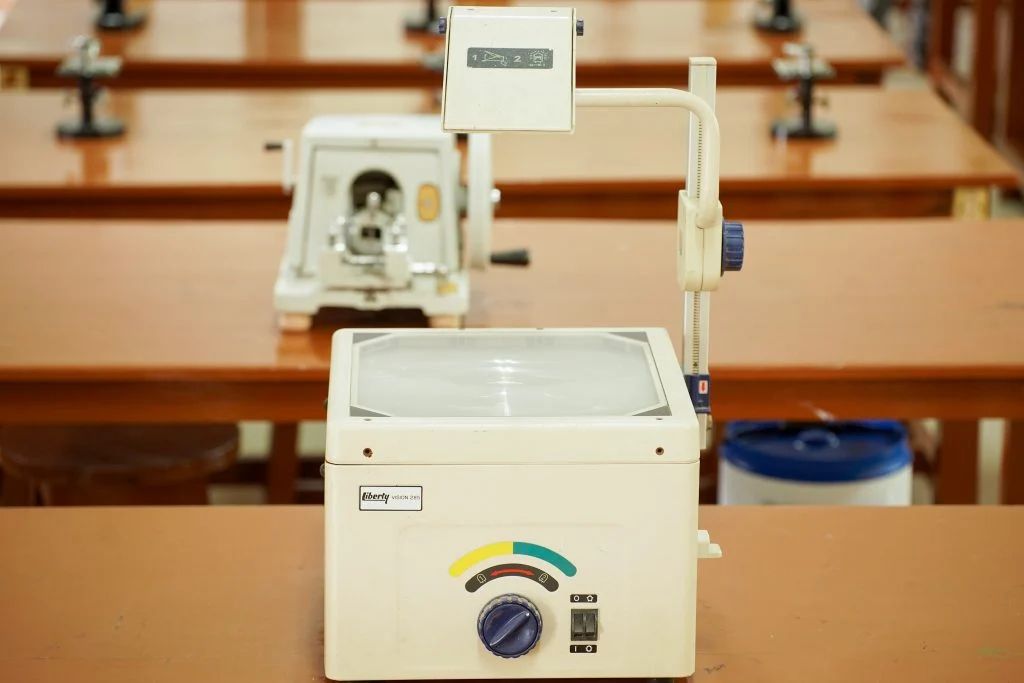Classic trends resurface all the time, including tech devices. Even though some Gen-Zers and Millennials are eager to learn what older generations used, the outdated mechanics often stump many of them.
Here are 15 gadgets and devices of various uses that tend to confuse younger people. It’s always fun to hand them some classic tech and watch them try to puzzle out what they are, let alone how they work.
Old Tech for Telecommunication
1. Corded and Rotary Phones
Thanks to wireless technology, corded landlines, invented in the 1940s, are now obsolete. Someone unfamiliar with the device would struggle to stay in one place and not get tangled in its cord.
A rotary phone is an even bigger challenge. How do you turn the wheel? What comes first, dialing or lifting the receiver? These and more questions come up when young people tackle this classic puzzle of telecommunication.
2. Non-Smartphone
Old mobile phones arrived much later than landlines, and yet they make Gen-Zers marvel just as much. Consider the bulky models it all started with and the cute flip phones that came before smartphones.
It’s not just their design that baffles young techies, but their minimal functionality, too. All you could with legacy phones was make calls, take bad pictures, or play little games like Snake and Tetris.
As the technology gradually evolved, other tools were added like internet access, Bluetooth, and media players. But, of course, their capabilities pale in comparison to modern smartphones—except for their battery life, that is.
3. Fax Machine
A common way to send each other documents was via fax. Fax is not completely extinct today, thanks to innovations like online and free fax services, which typically involve a phone line and technology that scans and exchanges documents in the form of bitmaps.
You put a page of text or images into the machine, which turns the content into code and sends it to another machine’s phone number so it can print a copy.
It’s a handy method, but not as fast or efficient as other tools today, giving young people a shock when they encounter fax machines—especially very old models.
4. Analog Modem
The internet started out with modems that depended on a single phone line and reached 56Kbps at most. It took a while to surf the web, and you couldn’t call someone at the same time, a tricky situation before mobile devices hit the scene.
As dial-up modems, they were also noisy while connecting you to the internet. Today’s fiber-optic machines are a quiet luxury, making anything inferior a nightmare to people used to 76Mbps speeds.
Old Tech for Entertainment
5. Floppy Disks
Long before USB sticks, we used floppy disks to store data and transfer it from one computer to another. PCs would have an embedded or separate drive with a thin slot to accept and read them.
Floppy disks involved a magnetic disk inside a flat plastic square, a shape you may recognize today as the Save icon on most software. The device grew smaller over the years to its final 3½-inch form in the 90s.
6. VHS and VCR
Analog magnetic tape was also used to record video, the standard format being the video home system (VHS), courtesy of JVC. In short, the technology revolutionized movies, TV, and home entertainment, its rivalry with Betamax’s less consumer-friendly format only boosting its status.
Basically, you had a cassette the size of an average book that contained a movie, for example. You popped it into a video cassette player or recorder (VCR) connected to your TV, which then showed its contents. You could even record programs from the television onto the VHS.
7. DVD and Player
The late 90s introduced us to the Digital Versatile Disc (DVD), a new format for storing data using optical disks. They were produced to hold different kinds of content, but mostly to mass-distribute movies and other visual entertainment to the public.
You’d have a DVD player connected to your TV or even embedded in your computer, specially designed to read these discs. You’d just insert them and play their videos.
8. Tape Cassette and Walkman
The joys of recording mixtapes and the link between a cassette and a pencil are lost to younger generations. Also known as the compact cassette, it was a groundbreaking use of magnetic tape to record and play audio.
Digital Audio Tapes (DAT) were also developed by Sony to replace analog cassettes. You could use both types with a boombox and portable devices, the most famous brand being Walkman.
9. CD and Discman
The compact disc (CD) succeeded the cassette as the top way to listen to audio, from music to audiobooks. Then, developers expanded the technology to contain dedicated data, including files and media like videos and photos. Minidiscs also came into fashion.
In terms of audio entertainment, CDs could be played on similar devices as cassettes. In fact, boomboxes were soon designed to accommodate both items, while the Discman became the must-have portable gadget to listen to CDs on the go.
Old Tech for Gaming
10. Atari 2600
If there’s one industry that loves its classics, it’s video gaming. The Atari 2600, the grandfather of consoles, arrived in the early 80s. It had 128 bytes of RAM while using joystick or paddle controllers and ROM cartridges of titles like Pac-Man and Combat.
Atari produced various models of the console and found huge success in the gaming community. It was also with Atari that Activision became the first-ever third-party video game developer.
11. Gameboy
Another trademark device you may have heard of but never encountered is the Gameboy, perhaps the most beloved handheld technology in the history of gaming.
Nintendo released it in 1989, a rectangular machine with a green screen, buttons, long battery life, and 8-bit games in cartridges. Put simply, Nintendo Switch would not exist today without the Gameboy, but modern gamers find the latter a strange experience.
12. Nintendo Entertainment System
Gameboy’s creators also developed consoles from the late ‘80s onward that paved the way for modern systems. The Nintendo Entertainment System (NES) came first to accommodate two rectangular controllers and 8-bit titles in cartridges, from Super Mario Bros. to The Legend of Zelda.
The company’s next most successful console was the Nintendo 64 (N64), released in 1996 and competing with Sony PlayStation and Sega Saturn. The design of these gaming devices evolved while optical discs began to replace cartridges.
Old Tech for Other Tasks
13. Polaroid Instant Camera
Today, you can have a high-quality camera in your smartphone, unless you’re a photographer and need proper equipment, which is easy enough to get with a decent budget.
So, it’s no surprise that instant cameras lost their appeal. Nevertheless, it’s worth noting that the Polaroid company pioneered this handy camera that developed pictures soon after snapping them.
The most effective models like the SX-70 and Spectra arrived in the late 1900s and used integral systems, meaning they automatically adjusted their settings for each environment and produced a developed photo.
14. Overhead Projector
This technology was the standard for presentations, whether in the classroom or office. Today, you’ll find compact devices that project videos from your phone, flash drive, or other sources.
Original projectors, however, were bigger and more complicated. The process started with a sheet or slide of transparent film containing text, for example. Some machines also used slides in trays, so you could go through them faster.
The film went up against the projector’s backlit glass plate, while a mirror and lens above it reflected the illuminated words and cast them onto a white surface.
15. Daisy Wheel and Dot-Matrix Printer
The history of printing is a long one, leading up to today’s laser and inkjet technology. A daisy wheel printer, popular in the ‘70s, involved an actual wheel of glyphs in the shape of letters, numbers, and symbols. These struck a ribbon of ink onto a page or vice versa to imprint the desired glyph.
The next step up was dot-matrix printing, faster and less expensive than the daisy wheel. This system was also impact-based but used columns of wires and pins instead of glyphs to hit the ink ribbon against the page and form a matrix of dots that made up the content you wanted.
Keep Exploring Old Tech and Their Uses
Not many products can keep up with technology’s advancements. That’s why it’s so fascinating to look back and see where certain devices came from, not to mention the many ways human innovation has enhanced work, entertainment, and everyday life.
It makes you appreciate revived classics even more, as well as unique ways to make use of old gadgets.




